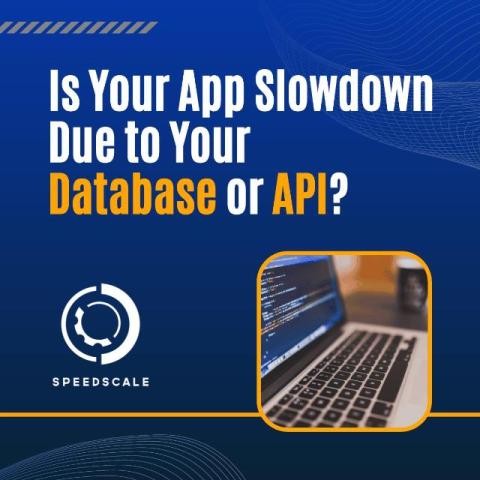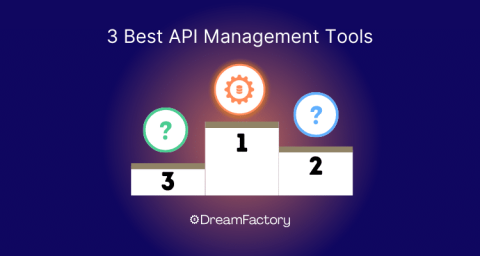Whats new in Tricentis Tosca 2024.1: Faster upgrades, cloud capability evolution, and automation enhancements across your app portfolio
We are excited to share the latest release of Tricentis Tosca, which not only delivers the powerful new capabilities and enhancements our users have come to expect, but also continues to build on the evolution of Tosca’s cloud features!











